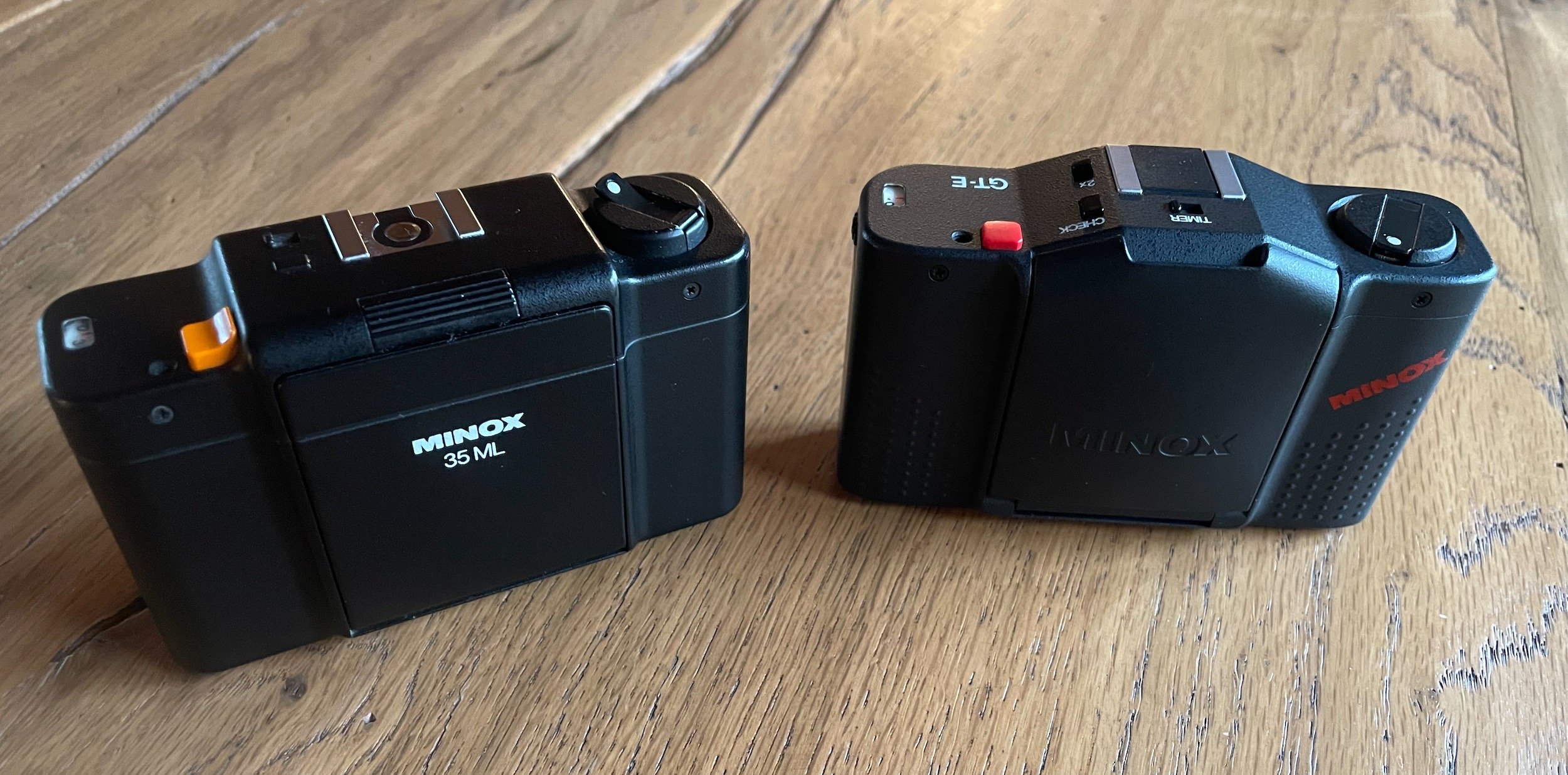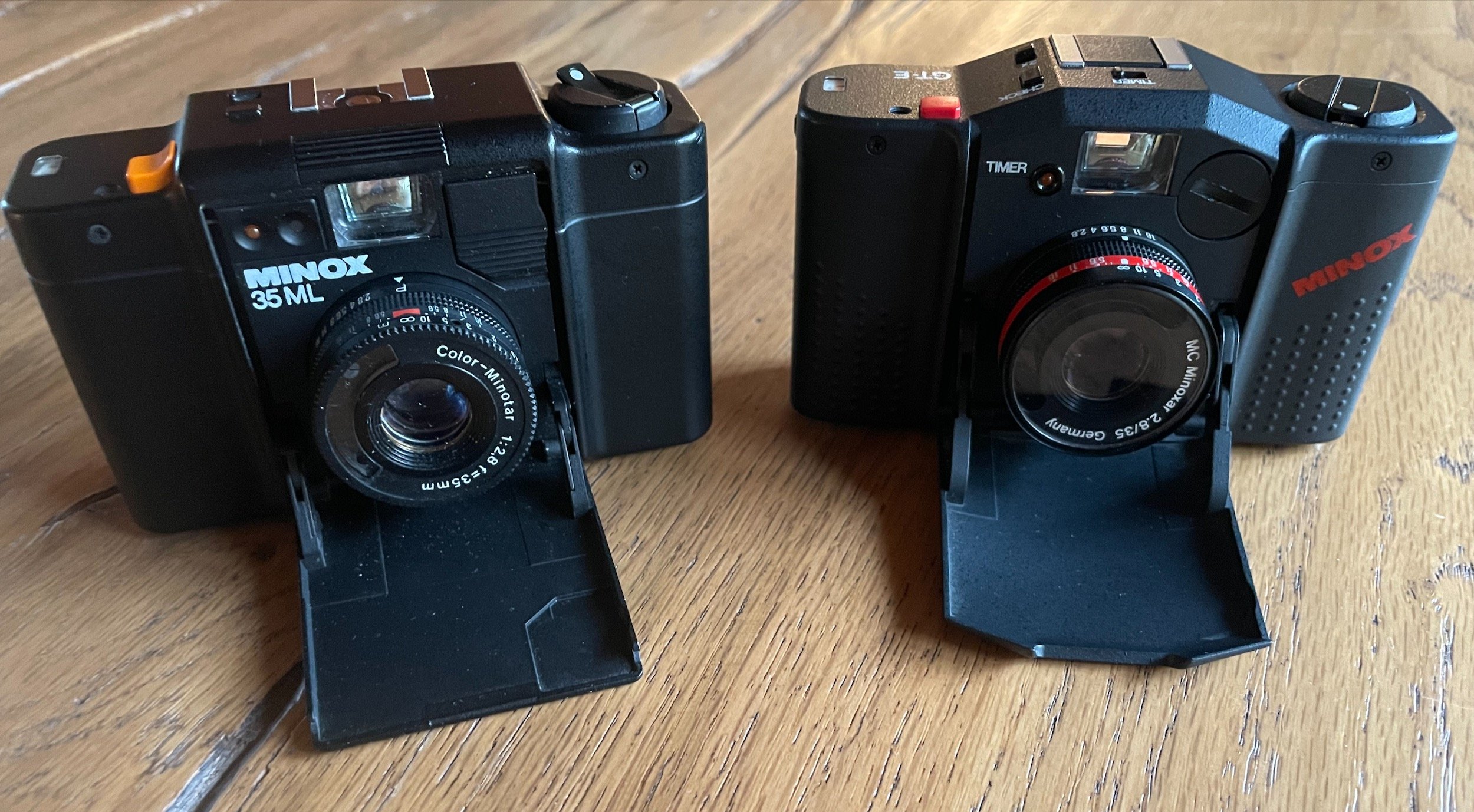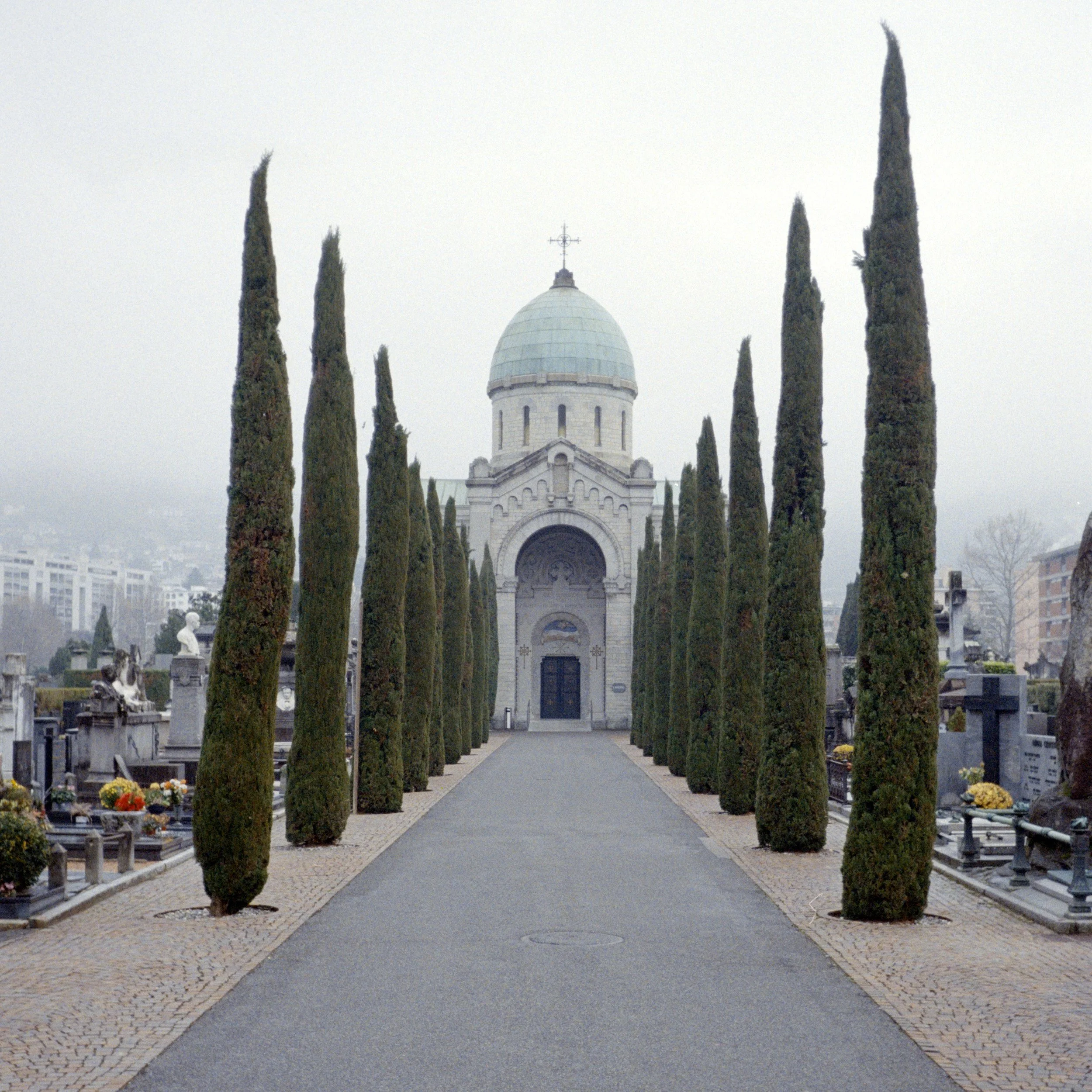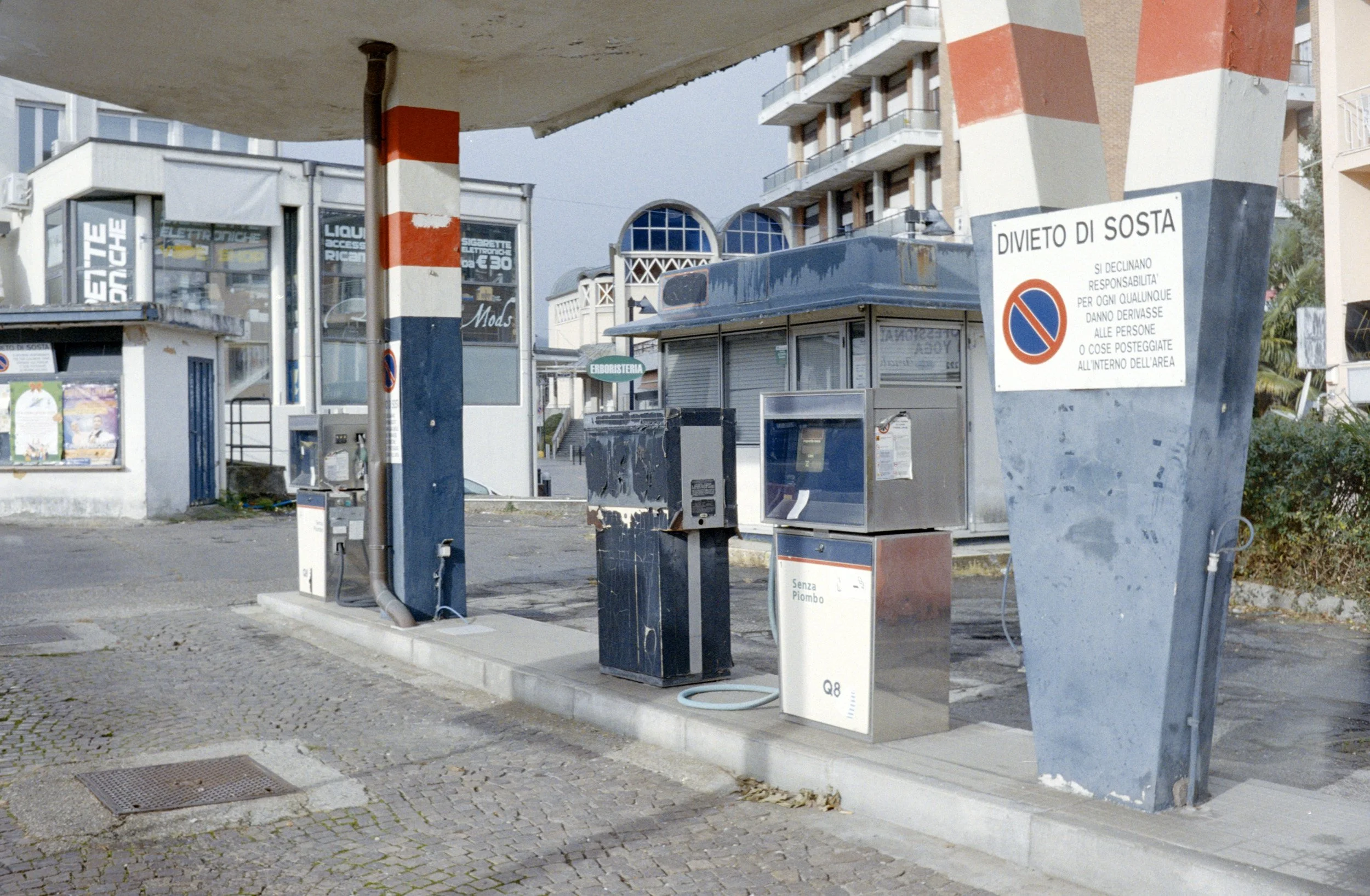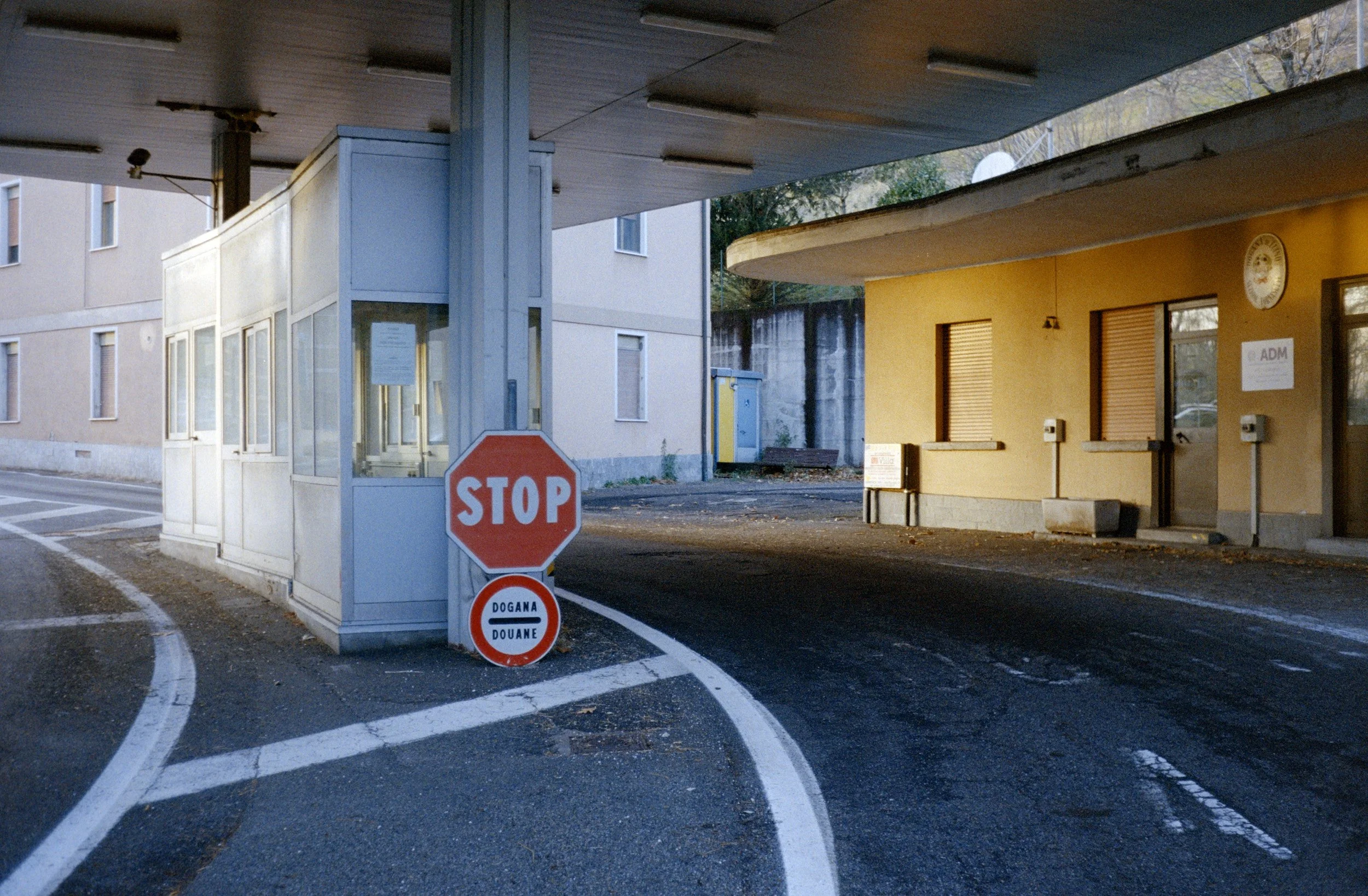The Minox Factor
When small is smaller
During the second half of the past year I have had quite a pivot towards film photography. I’m not sure why, but maybe I just find it more creative, especially working in my local area (air travel with film is not something I’m planning on returning to). The most significant evidence for this is my acquisition of a Hasselblad 501 CM, which so far I don’t regret. But following along with my usual philosophy of never avoiding unnecessary complexity, I am now working with 3 film formats (35mm, 35mm pano and 6x6) and 4 camera systems. For 35mm I have always had at least one compact camera alongside my Olympus OM kit, and since the mid 1990s I’ve usually had a Minox lying around somewhere. So I thought it was about time to dedicate a blog post to Minox 35mm cameras.
Minox History Lesson
This is really just “notes to self”, a summary of what little info I’ve been able to scrape from the Internet. The principal source is here.
The Minox 35 series camera bodies are all made from Mataloc, a type of dense fruit bread made on the shores of Lake Como glass-fibre reinforced Makrolon, a very strong and damage resistant polycarbonate material. Makrolon being transparent (it is apparently used for the canopy of F-22 fighter jets), it has to be painted. Most variants are coated with a matte black or matte dark grey colour, but their are some exceptions. Later variants, made when Minox was under Leica control, have more “experimental” coatings, recalling Leica Collector Editions, with varying varying success. The “ultimate Minox 35”, the m.d.c, may have an aluminium body with a titanium shell, although I’ve seen it said that is actually Makrolon under the titanium skin. The specification page inbox the m.d.c manual does however say it is alumnium. I’ve never even seen an m.d.c - only about 2500 were made, so I’ve no idea, really. Either way, Makrolon should not be misrepresented as cheap plastic - it most certainly is not. Indeed, if it was good enough for the final iteration of Zeiss Hasselblad lens, and billed by Zeiss as near-indestructable, it’s good enough for me. You have to try really hard to leave even a mark on “pure Makrolon” Minox 35 bodies, which is why it is very unusual to come across one that looks battered.
There’s a whole host of Minox 35 models, with confusing and seemingly arbitrary names. The very first was the 35 EL. The last were the 35 GT-S and the 35 MDC (or is it “m.d.c” ? Minox is not very consistent on this). There are 2 main series, those with manual focus, needle exposure meters and aperture priority mode only, and those with manual focus, LED meters, aperture priority mode, AE-lock and sometimes Program mode. A 3rd series comprises simply cameras with fully automatic exposure and fixed focus.
For simplicity’s sake I think of the first series are essentially all variants of the 35 GT, and the second variants of the 35 ML. But still, you’d maybe thing that the 35 EL is related to the ML? Nope, it’s a “GT variant”. And of course the 35 GT was actually preceded by the 35 EL and GL, but the GT was the biggest selling version (over 650’000 made, it seems), and really the point at which the needle exposure meter line stabilised. The GT seems to be by far the most common on the secondhand market.
I’ve owned 4 Minox 35s so far, and my strong recommendations are for the 35 GT-E (first version), and the 35 ML (with serial number in the 717000 range or higher). Or an MDC instead of the ML, if you score one, but only 2’300 were made and they very rarely come up on the market. When they do they come with high price tags. You can get a good Minox 35 for under €100, maybe half that, and I would be very wary about spending more than €200. So far Minox prices have not exploded in the same way as other small, quality film cameras, for whatever reason, given that the build quality and especially optical quality are superb. But I’m not complaining. MDC prices are sadly well North of €500 (the collector-only gold-plated variant, actually easier to find, comes with absurd price tags). I certainly would not spend more than €200 for any variant without a good dealer guarantee.
Why do I recommend the 35 GT-E? Well, it looks very nice… but apart from that, it has the later Minoxar lens with close-focus of 0.7m, rather than the 0.9m of the earlier Minotar, it has better coatings, and comes with a fixed skylight filter (the MDC also has the same Minoxar lens, but bizarrely with close-focus of 0.9m - keeping up with Minox variations isn’t easy). Also, the 35 GT-E, unlike some later models, does NOT have DX coding. This is a Good Thing, as it allows you some extra measure of exposure override by adjusting the ISO. The models with DX coding do not permit ISO override.
The 35 GT-E has several successors, with of course a dose on confusion thrown in. First up is the rare, short-lived 35 GSE, for some reason only available in a few markets. Although it came out after the GT-E, it is more a evolution of the GT, as it misses the Minoxar lens. The GT-S has an interesting “green mode”, where you can line up indicators on the aperture and focus rings to give automatic exposure point and shoot mode, effectively at hyperfocal distance. Of course you can do this with any GT model, but here you don’t have to think about it. The GT-S was only available for a few years, but this “green mode” pops up on the replacement for the GT-E, the 35 GT-X. The GT-X also is the first major model to come in neither black or near-black, as it is painted a dark silver-grey. Unfortunately this paint rubs off. Oh, and the GT-X looses the “burls” on the back of the GT-E, making it harder to grip. And is has the aforementioned DX coding. It seems the GT-X was not well received, as very few were made.
Next up, and finally, we get two simultaneous models, produced over exactly the same 1998-2003 period, the 35 GT-E(II) and the 35 GT-S. The GT-E(II) is an evolution of the GT-E, so, significantly, it does NOT have DX code detection! And it inherits the grippier back. It also gains the “green mode”. So, on paper, this is the ultimate “needle exposure meter” model. But no, late-period Minox being what it was (Leica), something had to go wrong: it also “gains” a kind of soft rubber coating, which probably seemed like a good idea at the time, and maybe initially improved the grip, but on the GT-E (II) I briefly owned, it has deteriorated into a soft sticky mess. I hurled it into the trash. Some say Minox improved this on later GE-E(II)s, but since they only made about 6000 of these, I’d steer very clear.
With all these minor variations, customers must have been really confused. And still are. Anyway, should you want a late model “needle exposure meter” model, the GT-S is the best choice. But really, go for an original GT-E. Or if you feel lucky, a GT-E(II).
For the second series, it is much simpler. You have the 35 ML, the longest lived Minox 35, and the MDC, which is basically a pimped-up ML with the Minoxar lens (and non-bypassable DX coding). There is also the “Tourist”, which is a dumbed-down ML. The big deal here is AE Lock, which makes the ML significantly more flexible in use than the GT series. The downside - allegedly - is that MLs are more prone to electronic failure. Later production runs had revised shutter electronics, also incorporated in the MDC. These can apparently be identified by serial number in the 717000 range or higher. My ML is an earlier model and it works just fine.
Personally I wouldn’t bother with the fully automatic versions, although the white 35 AL is very pretty.
Here is my pair of Minox 35s:
In my opinion, the GT-E just looks nicer, but the ML is a more complete camera.
Recent Minox Photos
To counterbalance all that gear talk, here are a few photos shot over the last weeks and months with these two cameras.
Lakeside - Minox 35 GT-E, Kodak Ultramax 400.
Cemetery, Lugano - Minox 35 ML, Kodak Ultramax 400.
Chiasso - Minox 35 GT-E, Kodak Ultramax 400.
Coffee Time - Minox 35 GT-E, Ferrania P30
Degassed - Minox 35 GT-E, Ferrania P30.
Degassed II - Minox 35 ML, Kodak Ultramax 400.
Nothing to declare - Minox 35 ML, Kodak Ultramax 400.
Frontier - Minox 35 ML, Kodak Ultramax 400.
Standard Film Photography Subject - Minox 35 GT-E, Kodak Ultramax 400.
Go with the flow - Minox 35 ML, Kodak Ultramax 400.
Really, Kodak Ultramx 400 is an ideal film for these cameras. Gold 200, or ColorPlus, would also be good. At 50 ASA Ferrania P30 is fine for bright sunlight, but otherwise the minimum f/2.8 aperture is a bit limiting, and anyway, the lens performs better towards f/5.6 - f/8. Also I haven’t got a clue about black & white photography. Or indeed colour photography.
These Minox cameras are an absolute addiction, they demand to be used. Let’s hope no TikTok “influencer” discovers them.
